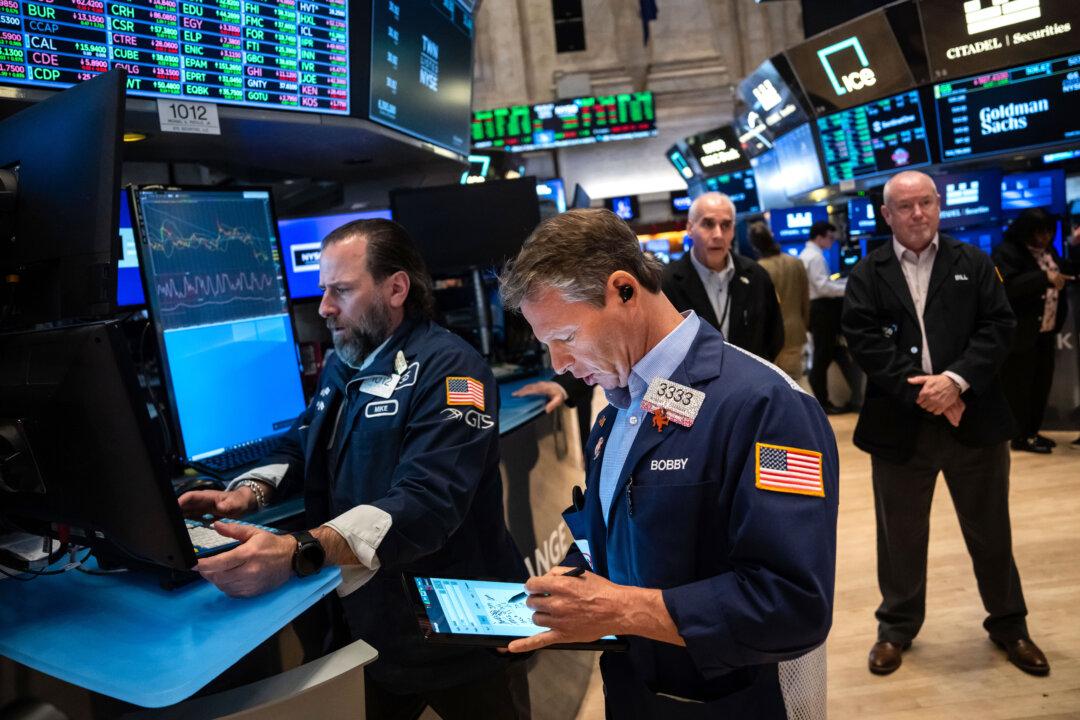WASHINGTON—President Donald Trump on Feb. 13 signed off on a plan to enact reciprocal tariffs on U.S. trading partners, citing countries’ unfair barriers to trade against the United States.
Trump said at the Oval Office that reciprocal tariffs mean “whatever countries charge the United States of America, we will charge—no more no less.”
The president’s reciprocal plan will customize tariffs on a country-specific basis and could go into effect by early April, according to Howard Lutnick, commerce secretary nominee.
“For many years, the U.S. has been treated unfairly by other countries, both friend and foe. This system will immediately bring fairness and prosperity back into the previously complex and unfair system of trade,” Trump said.
The president pointed to the inequality in trade barriers between the United States and other nations. The United States generally has low tariffs and barriers to entry.
Assessment of Reciprocal Tariffs
When determining reciprocal import duties, the administration will look at each country’s tariff and non-tariff trade barriers, including tariff rates, foreign exchange rate policies, regulations and taxes, and other practices the U.S. Trade Representative determines to be unfair.The officials responsible for implementing the tariffs include Commerce Secretary Howard Lutnick, Treasury Secretary Scott Bessent, and Homeland Security Secretary Kristi Noem. Trump’s top economic advisers, Peter Navarro and Kevin Hassett, will also be involved.
Russ Vought, director of the Office and Management Budget (OMB), will assess the fiscal impact of these levies within 180 days. The administration expects a positive assessment as these tariffs will generate higher tax revenues for the federal government, according to a White House official.
A White House official said that the approach gives the United States an advantage by tailoring levies to each trading partner based on their actions.
“It opens the door for each country to correct the unfair trade practices that they’re engaging in,” the senior official told reporters in a press call on Thursday.
The European Union’s VAT
Peter Navarro, the president’s top trade advisor, said the executive action was necessary “because the major exporting nations of the world attack our markets with punishing tariffs and even more punishing non-tariff barriers.”In a call with reporters, officials alluded to the European Union’s value-added tax (VAT), describing the tax as the “poster child” for these trade barriers.
The VAT is a consumption tax applied to nearly all domestic and imported goods and services bought and sold in the trade bloc. This is different from a sales tax, as a VAT is collected at each stage of production and distribution—a sales tax is charged at the point of sale.
This means U.S. goods shipped to the EU are subjected to the VAT rate. The EU’s average standard VAT rate is 21.8 percent.
White House officials say that the EU’s VAT nearly triples the trade bloc’s tariff rate on U.S. exports, calling it a “double whammy” because the region subsidizes the EU’s exports.
“No wonder Germany sells eight times as many cars to us as we do to them, and President Trump is no longer going to tolerate that,” the official said.
The EU maintains a 10 percent tariff on U.S. car imports. America’s tariff on European automobiles is 2.5 percent.
Despite the White House’s complaints about the VAT, economists at the Tax Foundation say the policy is trade-neutral.
“A border-adjusted tax leads to currency appreciation for the imposing country, which would make it cheaper to import goods, more expensive to export goods, and thus would cancel out the apparent benefits of the tax on imports and the rebate on exports,” they wrote in a Feb. 12 report.
The United States has a $45.6 billion trade deficit with India. World Bank figures also reveal a gap in tariff rates between the two nations. In 2022, the U.S. average tariff rate on imports from India was 3 percent. Conversely, India’s average tariff rate on imports from the United States was 9.5 percent.

Tariff Agenda
In the early days of his administration, Trump’s actions have indicated that tariffs would be a core component of his economic agenda.After instituting 25 percent tariffs on goods from Canada and Mexico, Trump agreed to a 30-day pause, allowing officials in the two neighboring North American countries to employ border strategies to combat illegal immigration and curb the flow of fentanyl and other drugs.







